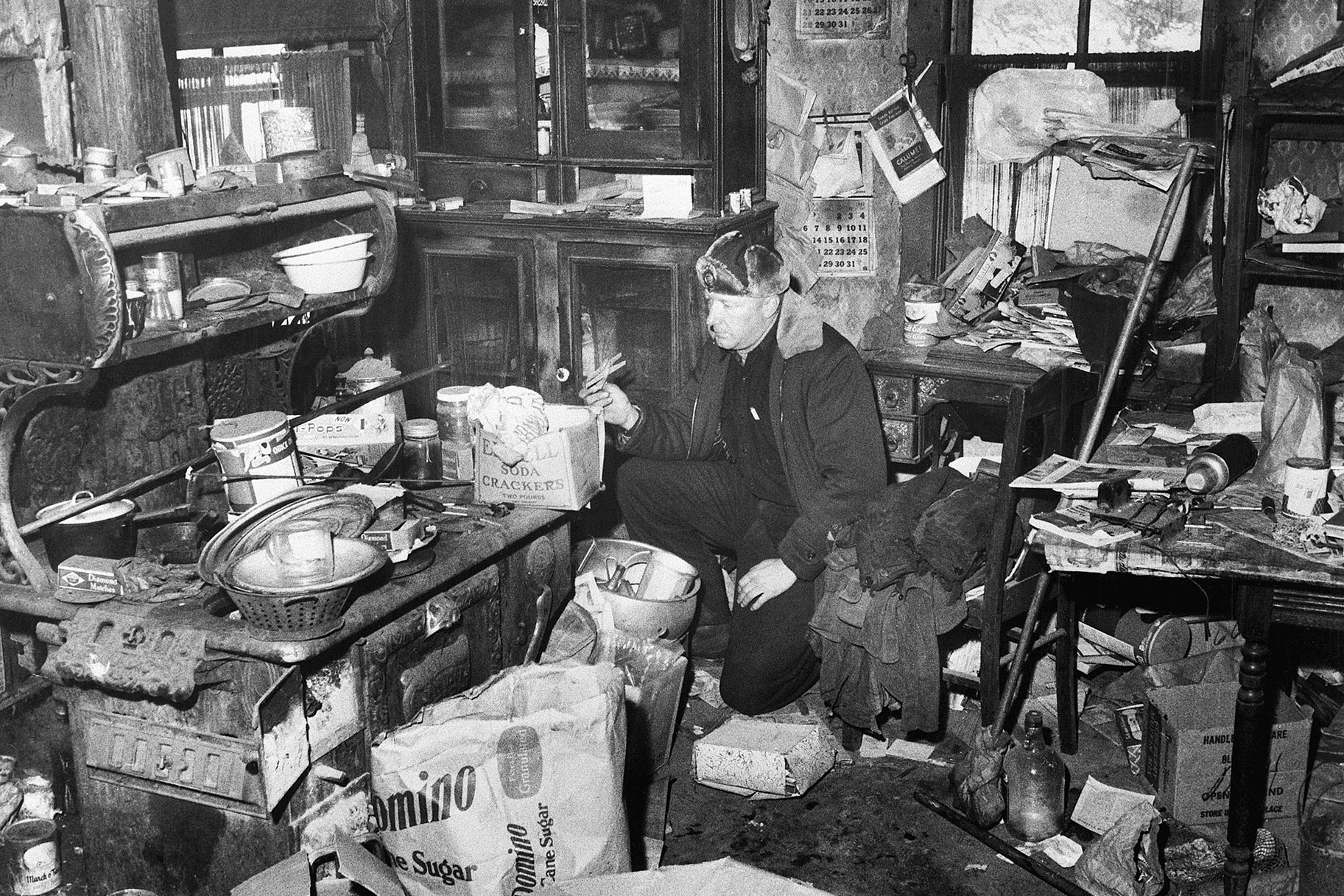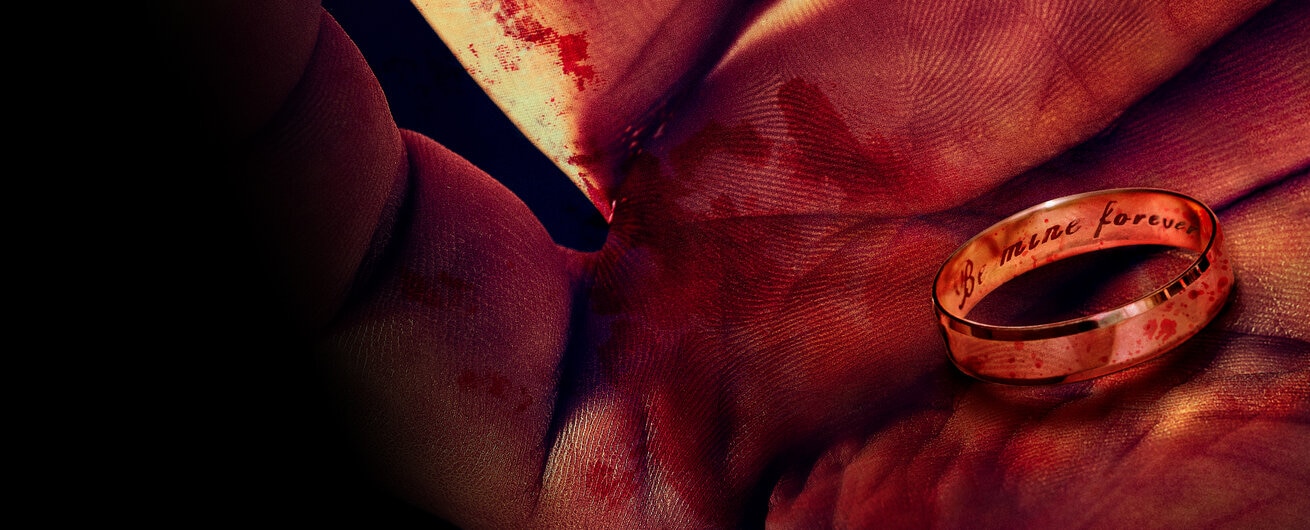Create a free profile to get unlimited access to exclusive videos, breaking news, sweepstakes, and more!
Eyeballs, Underwear, High Heels — Why Do Serial Killers Take ‘Trophies’?
Several serial killers wouldn’t leave the scene of the crime without taking something — be it a body part or a piece of jewelry — from the victim.

When Joel Rifkin, New York’s deadliest serial killer, confessed to 17 murders, police were stunned. Was it a grandiose claim or the horrific truth?
After searching his Long Island home and uncovering a creepy stockpile of missing women’s IDs, credit cards, jewelry, and clothing, they had their answer. Rifkin didn’t just strangle and sometimes dismember his victims, he also regularly took a “trophy” when he killed, according to a 1993 New York Times article.
Rifkin is not unique in that regard when it comes to serial killers, as shown in the latest season of “Mark of a Serial Killer,” starting Sunday, October 17 at 7/6c on Oxygen. Some collected body parts like bones, eyeballs, and fingernails (think Ed Kemper and Jeffrey Dahmer). Ed Gein even created lamp shades, corsets, and other furniture out of human flesh. Others, like James Lloyd, collected high heels. Ivan Milat, the Backpack Killer, kept sleeping bags belonging to his victims.
But why do killers do it? Well, there are all sorts of theories.
First of all, the FBI distinguishes between “souvenirs” and “trophies,” according to “The A to Z Encyclopedia of Serial Killers,” a 1996 book by Harold Schecter and David Everitt. A souvenir is an item used to fuel a fantasy, while a trophy is taken as proof of their skill. However, the end goal is the same, the authors note: It allows killers to feel powerful and relieve their crimes as a fantasy, making it a “fetish” object.
Nicole Mott, the author of “Encyclopedia of Murder and Violent Crime,” agrees, emphasizing that the trophy is used to preserve the memory of the victims to aid in sexual acts. She also noted that trophy-taking acts as “a signature” and becomes part of a killer’s murder ritual.
Of course, some killers have expressed their own peculiar reasoning. Dahmer, who kept skulls, body parts, and photos of his victims, admitted he took sexual pleasure in keeping the bodies of his victims, according to a 1991 New York Times article. However, Dahmer insisted part of the reason he kept the trophies — and part of the reason he killed in the first place — was his unrelenting fear of rejection. By holding on to the bones (or even more disturbingly, eating the flesh), he said he was able to keep them from leaving him.
Other crime experts, like University of Sydney criminology expert Dr Tyrone Kirchengas, say the trophies are a sign of serial killers’ belief they won’t get caught.
"It's not uncommon for [serial killers] to collect 'trophies' - holding something back from victims," Dr Kirchengast told the BBC in 2019, while discussing Milat, who killed several Australian backpackers and held onto their camping equipment. "It's part of the psychopath's overconfidence - the belief they can fool everyone through manipulation or charm.”
Of course, those same trophies he confidently held on to eventually helped put Milat behind bars.
They also led to Rifkin’s conviction as well. While discussing his capture, the New York Times noted the trophies were just one of the many ways he fit the profile of a “frequently unsuccessful” man who becomes a serial killer. The trophies are a horrific, twisted reminder of one of the rare times they felt powerful.
For more on serial killer rituals, watch “Mark of a Serial Killer,” starting Sunday, October 17 at 7/6c on Oxygen.






























